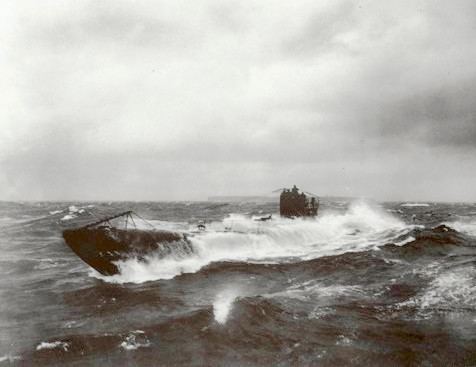Name UB-91 Yard number 107 Launched 6 March 1918 | Ordered 6/8 February 1917 Commissioned 11 April 1918 Draft 3.73 m | |
 | ||
Fate surrendered 21 November 1918, broken up in 1921 Builders AG Vulcan Stettin, Hamburg | ||
SM UB-91 was a German Type UB III submarine or U-boat in the German Imperial Navy (German: Kaiserliche Marine) during World War I. She was commissioned into the German Imperial Navy on 11 April 1918 as SM UB-91.
Contents
On 4 October 1918 UB-91 sank the Hirano Maru, killing among others, Yokohama Specie Bank sub-manager S. Ujie, his wife and three sons, together with bank employee Takashi Aoki and wife Sueko.
Surrender
UB-91 was surrendered to Britain on 21 November 1918 at Harwich. She toured the South Wales ports of Cardiff, Newport, Swansea, Port Talbot and was towed to Pembroke Dock, eventually being broken up in Briton Ferry in 1921. King George V presented her deck gun to Chepstow by in recognition of the bravery of William Charles Williams RN VC at Gallipoli in 1915.
Construction
She was built by AG Vulcan of Hamburg and following just under a year of construction, launched at Hamburg on 6 March 1918. UB-91 was commissioned later the same year . Like all Type UB III submarines, UB-91 carried 10 torpedoes and was armed with a 10.5 cm (4.13 in) deck gun. UB-91 would carry a crew of up to 3 officer and 31 men and had a cruising range of 7,120 nautical miles (13,190 km; 8,190 mi). UB-91 had a displacement of 510 t (500 long tons) while surfaced and 640 t (630 long tons) when submerged. Her engines enabled her to travel at 13 knots (24 km/h; 15 mph) when surfaced and 7.4 knots (13.7 km/h; 8.5 mph) when submerged.
